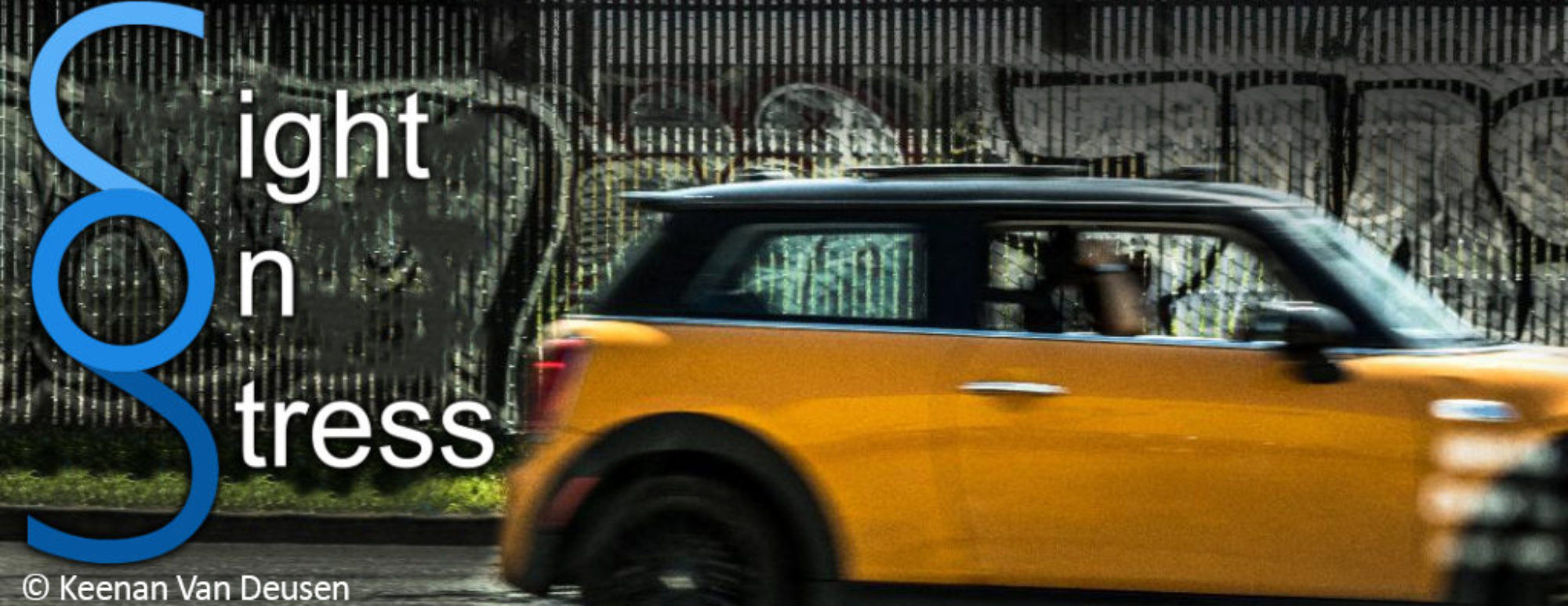
The title of this post is Sleep and Attachment Style. It has been more time than planned since I’ve submitted an entry! My family came to town for two weeks (a lovely but hectic time in which I found myself cooking, shepherding and entertaining more than usual), my kids started school (which required the impossible challenge of multi-tasking to make sure they had all the books, apps, signed forms, equipment and clothes to make a smooth transition) and I made a whirlwind trip to the Bay Area for a friend’s birthday, trying to squeeze in as many friend and family visits as I could while in my home town. Yes, the month was busier than usual and not conducive to writing or sleeping well, for that matter.
What do psychologists mean by attachment?
What do psychologists mean by “attachment?” Usually, when we speak about attachment we are referring to a relationship style a person has cultivated as a result of his or her early, family of origin relationships and sometimes even as a result of a current adult relationship. British psychoanalyst, John Bowlby, developed attachment theory in the mid 80’s after having observed for decades infant behaviors when babies were separated from their primary caregivers. His research was extensive and extraordinary and his findings resulted in the understanding that we all possess an attachment behavioral system designed to seek proximity to the caregiving figure. In other words, when a baby cries, it tries to get its parent to take care of its needs as it cannot yet do this alone. If the parent consistently comes and soothes the baby, the baby gains a sense of security. If the parent is repeatedly deemed inconsistent, unavailable to or rejecting of the baby’s needs, the baby can form, what Bowlby called an “insecure or anxious attachment.”
Secure attachment
Mary Ainsworth built on Bowlby’s research and discovered that some children exhibited extremely anxious behavior when separated from the parent, but were resistant to the parent’s soothing when the parent did finally appear. Others didn’t appear distressed about parental separation at all (deemed unusual) and actually avoided seeking comfort from the parent when he or she would reappear. Children demonstrating secure attachments seemed to come from parents who were consistently responsive to their needs. Children demonstrating anxious-resistant or avoidant attachment were children whose parents were insensitive to their needs (inconsistent, rejecting or even engulfing.)
What does this have to do with sleep? A child’s attachment experience informs his or her adult experience of close relationships. I’m sure you know people who are constantly wondering where their boyfriend is, why he isn’t calling, can’t stop talking or thinking about him until he finally makes contact. I’m sure you know others who tend to pull away when you try to hug them or resist closeness when you ask an intimate question. And you probably also know those who anxiously ruminate about their lover’s whereabouts, but punish and resist them when they finally arrive home with apologetic arms.
Insecure attachment style and sleep
Sleep is separation from the other. We drift into our personal unconscious and are temporarily separated from those close to us when we go to sleep. I sometimes refer to sleep as a “mini death” based on the separation of self from other. Research has shown that if a person has an insecure attachment style, he or she may struggle more with sleep issues than someone who has a secure attachment style (Carmichael, CL 2005; Pagliani, L et al, 2016; Sloan, E., et al, 2007;. Troxel and Germain, 2011.) If stressors are particularly high and the need for comfort or security greater, this can exacerbate even a mildly anxious person’s ability to sleep.
My stressors were higher than usual this the past month. My husband was equally busy and unexpectedly burdened by news pertaining to his business. We were often like two ships in the night. I didn’t have the usual comfort of climbing into bed with him at the end of the day to be reminded that he had my back. In addition to a temporary estrangement from him, my internalized comfort system (me there for me) was weakened by the said stressors. As a result, my mind ruminated about to do lists or tried to determine why my son looked depressed at the dinner table or attempted to evaluate if my 94 year old mother’s cognitive abilities were waning or not. My mildly anxious attachment style (I say mild because I did have responsive, loving parents but it wasn’t perfect), got triggered by the increased stress and induced poor sleep, temporarily. My husband’s temporary emotional and physical unavailability didn’t help matters.
It’s true that my patients who have secure attachments usually don’t struggle with sleep; those who have insecure attachments often struggle. The one exception is the avoidant. Some of these people seem to sleep better even though they don’t have, what psychologists would call, a healthy attachment style. Why? Researchers hypothesize that avoidants are more detached, meaning they actually suppress their need for closeness, a defense mechanism that isn’t necessarily helpful in cultivating intimate relationship, but seems to help them sleep (Troxel and Germain, 2011).
Exploring your attachment history
If you think you are struggling with sleep (or with relationships, for that matter), you may want to explore your attachment history from birth to present. It can be helpful to know what your level of emotional security is and how to improve it. For further reading on this topic I point you in the direction of John Bowlby’s work, Mary Ainsworth’s work, Peter Fonagy’s work, and more recently David Wallin’s work. All are trained psychiatrists, psychoanalysts and/or psychologists and are known for outstanding achievement in the field of attachment theory.
Sleep and attachment style: Conclusion
I am sleeping better now that routine has been reestablished. Routine is consistent and consistency nurtures emotional security. As we learned in this entry, emotional security nurtures sleep. I also have better access to my healthier coping mechanisms. Freer from the distractions of others’ needs, I can better respond to my own needs and, feel the comfort of this, thus, reducing anxiety. I am also able to hold in mind those that are there for me even when they are physically gone….an ability that comes from having been responded to in the past, not necessarily perfectly, but lovingly.
Dr. Van Deusen received her PhD in Clinical Psychology from the California School of Professional Psychology in Los Angeles in 1992. She has cultivated deep knowledge of attachment theory and stress and has worked with various populations over her two and a half decade career. Her practice is in Seattle, Washington. Buy her book Stressed in the U.S.: 12 Tools to Tackle Anxiety, Loneliness, Tech-Addiction and More here


This seems significant to me, intriguing concept underlying feeling safe enough to let go.